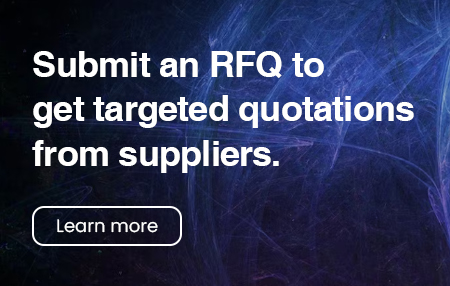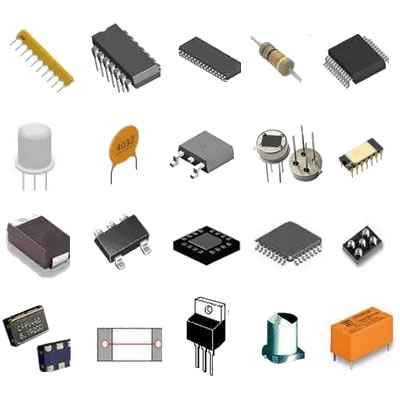Title: Fine-Tuning Potential Meter: Unleashing the Power of Market Policies

Defining the Fine-Tuning Potential Meter (200 words) The fine-tuning potential meter is a market policy that involves adjusting various economic indicators to maintain a stable and sustainable growth rate. It is a proactive approach that allows policymakers to make timely interventions to prevent economic imbalances and crises. The policy relies on monitoring key indicators such as inflation, unemployment, interest rates, and exchange rates to gauge the overall health of the economy.
Benefits of the Fine-Tuning Potential Meter (300 words) 1. Economic Stability: By continuously monitoring and adjusting economic indicators, the fine-tuning potential meter helps maintain stability in the economy. It allows policymakers to identify potential risks and take corrective measures before they escalate into major crises.
2. Efficient Resource Allocation: The fine-tuning potential meter enables policymakers to allocate resources more efficiently. By closely monitoring economic indicators, they can identify sectors that require support or intervention, ensuring that resources are directed to areas with the highest potential for growth.
3. Inflation Control: One of the primary objectives of the fine-tuning potential meter is to control inflation. By adjusting interest rates and other monetary policies, policymakers can curb inflationary pressures and maintain price stability, which is crucial for sustainable economic growth.
4. Employment Generation: The fine-tuning potential meter can help policymakers address unemployment issues. By monitoring indicators such as job creation and labor market conditions, they can implement policies that promote job growth and reduce unemployment rates.
5. Crisis Prevention: The fine-tuning potential meter acts as an early warning system, allowing policymakers to identify and address potential crises before they spiral out of control. This proactive approach minimizes the impact of economic shocks and reduces the likelihood of severe recessions.
Drawbacks and Challenges (300 words) 1. Data Accuracy and Reliability: The effectiveness of the fine-tuning potential meter relies heavily on accurate and reliable data. However, gathering and analyzing real-time data can be challenging, leading to potential inaccuracies that may hinder the policy's effectiveness.
2. Policy Lag: Implementing policy changes based on economic indicators takes time. By the time policymakers identify a problem and take action, the situation may have worsened. This lag can limit the effectiveness of the fine-tuning potential meter in addressing rapidly evolving economic conditions.
3. Unintended Consequences: Adjusting economic indicators can have unintended consequences. For example, increasing interest rates to control inflation may lead to reduced consumer spending and slower economic growth. Policymakers must carefully consider the potential side effects of their interventions.
4. Political Interference: The fine-tuning potential meter can be susceptible to political interference, as policymakers may be tempted to manipulate economic indicators for short-term political gains. This interference can undermine the policy's effectiveness and credibility.
Conclusion (100 words) The fine-tuning potential meter is a market policy that holds immense potential for optimizing economic growth and stability. By continuously monitoring and adjusting economic indicators, policymakers can proactively address imbalances, control inflation, and promote employment generation. However, challenges such as data accuracy, policy lag, unintended consequences, and political interference must be carefully managed to ensure the policy's effectiveness. With proper implementation and a commitment to evidence-based decision-making, the fine-tuning potential meter can be a powerful tool in the hands of policymakers, enabling them to steer economies towards sustainable growth and prosperity.











